
15311826613
Click to add WeChatTungsten ores that are worth mining are mainly black tungsten and scheelite. Due to their different mineral properties, black tungsten is often separated by gravity separation, while scheelite is mostly separated by flotation. For difficult-to-separate wolframite, gravity separation often cannot obtain good separation indicators, so gravity separation + flotation or other combined methods are sometimes used for separation. This article focuses on the conventional tungsten ore and tungsten fine mud flotation method.
At present, the commonly used tungsten ore flotation methods are: heating flotation method and normal temperature flotation method.
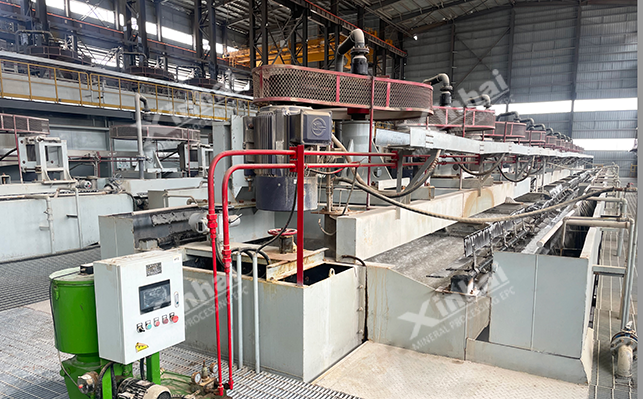
The heated flotation method is used to select tungsten, which is mostly used in the coarse tungsten selection stage. After rough selection, the concentrated coarse concentrate (solids account for 60%~70%) is fed with a large amount of water glass and stirred for a long time under high temperature conditions. The process mainly uses the different decomposition speeds of the collector film adsorbed on the surface of the minerals to improve the selectivity of the suppression, and then dilutes the tungsten at room temperature.
The method of heated flotation of tungsten has strong adaptability and stable selection indicators, but heating auxiliary equipment needs to be set up during flotation, which increases the cost of the entire ore dressing plant.
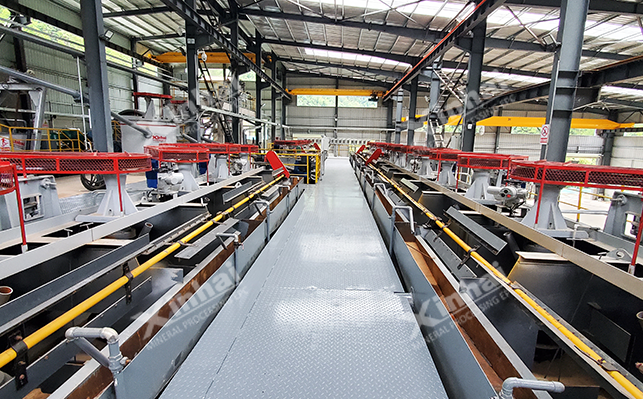
Due to the high cost of heated flotation of tungsten, in order to reduce the cost of mineral processing, a method of tungsten flotation at room temperature was developed. This method is mostly used in the roughing stage of tungsten. There are two representative methods: alkaline medium (sodium hydroxide, sodium carbonate) - metal salt - water glass - mixed collector flotation process and alkaline medium (sodium hydroxide, sodium carbonate) - water glass - baked gum or tannin and other macromolecular organic inhibitors - mixed collector flotation process. The characteristics of these two processes are to use alkaline media to fully disperse the ore particles; to use combined inhibitors to selectively inhibit fluorite, calcite and silicate gangue; and to use mixed collectors to capture tungsten ore. It emphasizes the synergistic effect of sodium carbonate and water glass, and controls the pH of the slurry to keep the HSiO3- in the slurry in a concentration range that is conducive to enhanced inhibition.
The key to the normal temperature flotation process is to require good selectivity for roughing operations and control the circulation of middlings during the concentration process. The normal temperature flotation process is low in cost and high in efficiency, and is widely used by concentrators around the world.
The flotation method of fine-grained tungsten is mainly hydrophobic agglomeration sorting. Before flotation, a slurry adjusting agent is used to make the fine-grained target minerals and gangue minerals in a completely dispersed state, and then a selective surfactant (such as a collector) is used to make the target mineral surface hydrophobic, and then non-polar oil is added as a bridging medium to aggregate the target minerals with hydrophobic surfaces under the action of the shear force field. Then, conventional flotation methods are used to separate the hydrophobic agglomerates from the gangue minerals that are still in a dispersed state. According to the difference in the amount of non-polar oil used. Hydrophobic agglomeration sorting has formed three branches: carrier flotation, flocculation flotation and agglomeration flotation.
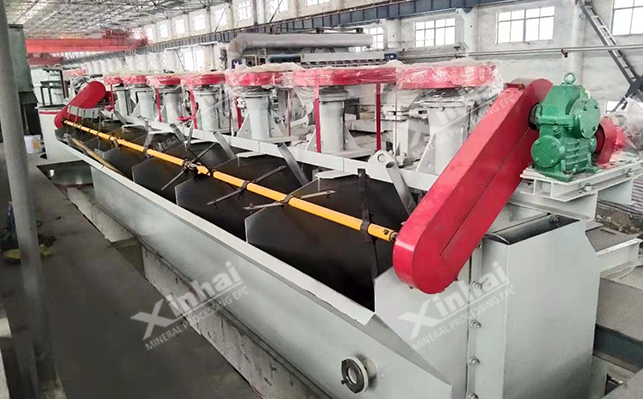
Carrier flotation of tungsten ore uses ore particles of general flotation size as carriers to cover the fine particles of the target mineral on the carrier ore particles and float up. The carrier can be the same mineral or a different mineral. When flotating -5μm wolframite, using wolframite of different particle sizes greater than 10μm as a carrier can significantly increase the flotation speed of -5μm wolframite, and effectively improve the separation effect of fine-grained wolframite.
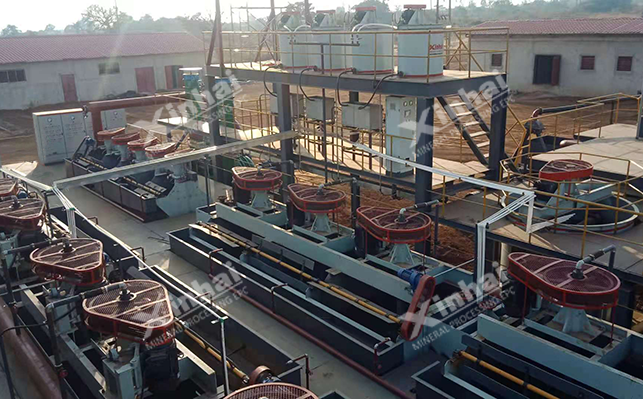
Flocculation flotation includes selective flocculation flotation and shear flocculation flotation. Selective flocculation is to add flocculants to a suspension containing two or more mineral components. Due to the different effects of each mineral component and the flocculant, the flocculant will selectively adsorb on the particle surface of a certain mineral component, causing it to flocculate and settle, while the remaining mineral components remain in a stable dispersed state, thereby achieving the purpose of separation. Commonly used flocculants include starch, sodium humate, polyacrylamide, carboxymethyl cellulose, polyethylene, etc.
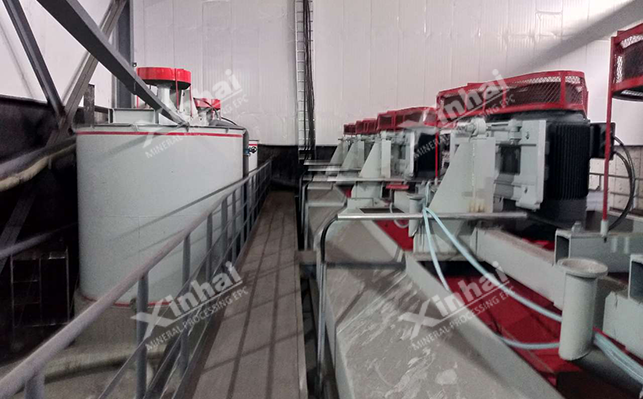
Agglomeration flotation refers to the formation of oily foam with ore after fine-grained minerals are treated with collectors under the action of neutral oil. Its operating process conditions are divided into two categories: collectors and neutral oils are first mixed into an emulsion and added; neutral oils and collectors are added to high-concentration (up to 70%) solid slurry, stirred vigorously, controlled for time, and then the upper foam is scraped off to obtain a more ideal tungsten concentrate.
The above is an introduction to the common flotation methods for conventional tungsten ore and fine-grained tungsten ore. In actual tungsten ore dressing operations, the process flow needs to be determined according to the properties of the tungsten ore. Therefore, it is recommended to first conduct a ore dressing test, and then tailor a suitable tungsten ore flotation method to obtain an ideal tungsten concentrate.